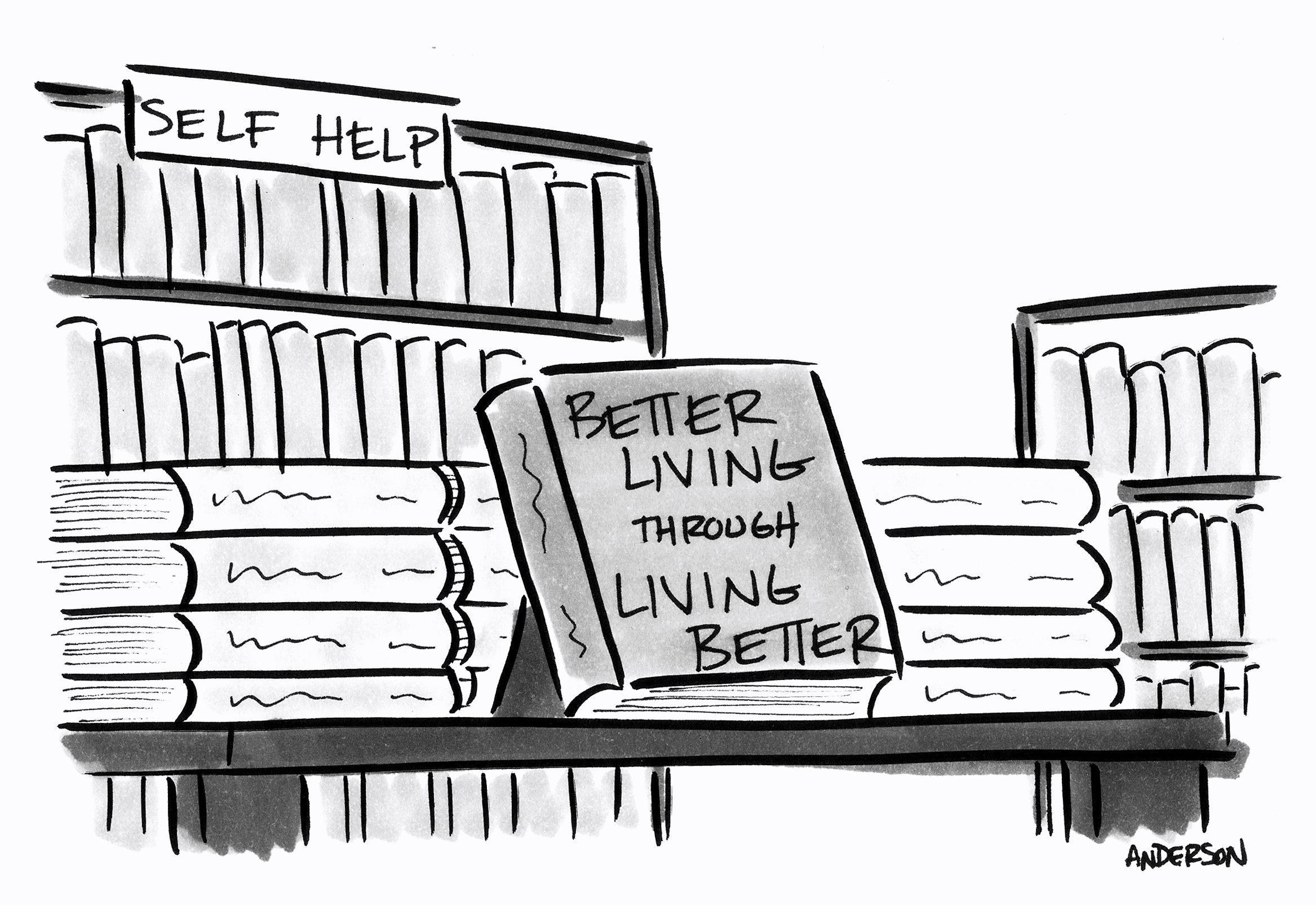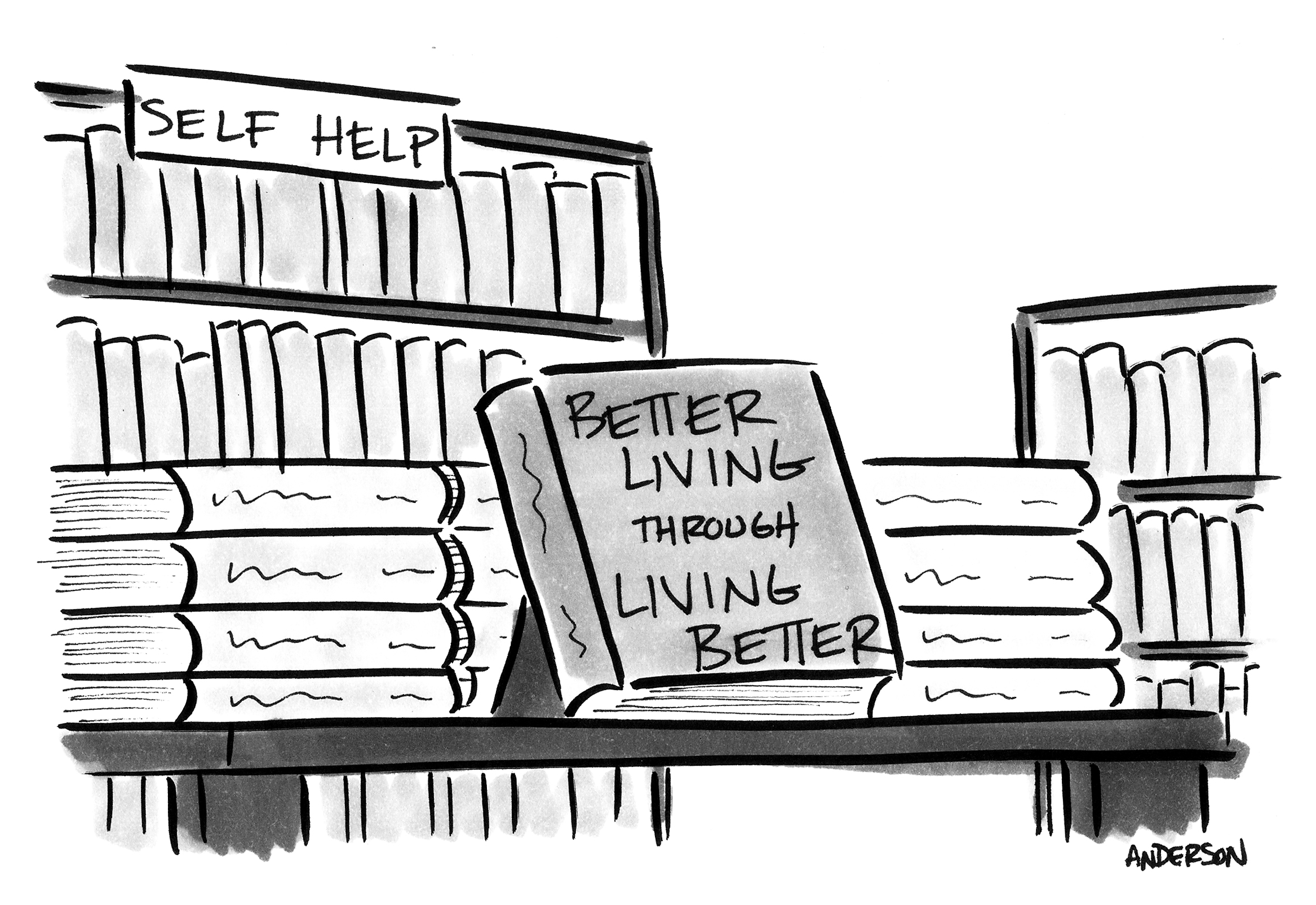Better for whom?
We looked at all the products in the space and thought, “We can do it better.” So we did.
—most founders
It’s a common refrain, and I suppose this is what all founders should think! After all, if your product is inferior in every way to even one incumbent product, why do it at all?
Still, this is always an invalid “idea” for a business.
To see why, consider a home builder who says “I looked at all the other houses in this city and thought, ‘I can do better.’”
Better for whom? A 19-year-old bachelor who never cooks, skipped college, and has no money? A millionaire with a wine collection? A family of six? A family of rats?
So when someone says their product is “better,” my next question is always: “Better for whom?”
You quickly realize there’s no such thing as “better.” There’s only such thing as “better for a specific market segment.”
What spurred this blog post was someone who wrote exactly what I quoted above, in the space of project-management (PM) tools. It makes sense—almost everyone dislikes some aspect of their PM tool (which might also explain the proliferation of such tools).
You can already imagine the pitch, a variant of the generic “it’s better” like “All the things you love about Microsoft Project, but none of the things you hate.” Uh-huh. Who’s “you?”
Here’s some examples of pitches which would make sense. Who knows if they’re good ideas, but at least they are actual ideas, actual proposals, in that they define “better:”
- PM tools assume you already know about project management. My PM tool is best for people who have been thrust into a PM position but need help on nomenclature, process, best practices, and how to get the most from their tool and their team.
- Modern PM tools are too simplistic because they follow the 37signals and Lean Startup mantra of building the simplest possible thing. But that means they’re no good for large, complex, distributed, multi-user projects. Older PM tools understood that use-case, but they’re clunky install-only implementations where online collaboration, mobile and even the Mac is a bolt-on afterthought. My PM tool is best for large, complex projects with modern technology requirements.
- PM tools were built in the installed- or web-based-eras. My PM tool was built from the start for the iPad only. It’s the best if you need to manage projects from meetings and on the go.
- PM tools are built for a small, fixed set of workers. My PM tool is best for distributed, open projects with thousands of members but which still require central management.
- PM tools assume your set of tasks, goals, and projects are relatively fixed. My PM tool is best for open-ended projects where requirements change constantly and the tool should change with it and even measure the change.
The other thing you should notice about these “better for whom” statements is that they naturally point the way to the next steps in the business:
If you know your audience, you can create targeted advertisements, go to specific conferences, and even cold-call them on LinkedIn. You know what words to put on your homepage. You know which features will especially tickle their fancy. You know what to highlight to differentiate from competition. This is all the usual benefits of identifying your perfect customer, applied to the product instead of the customer’s identity.
Or if you’re still in the ideation stage, it gives you the basis for customer development, both in finding potential customers to call, and what you’re verifying when you get them on the phone.
Surely your product is “better” than the rest… for someone.
Whom?
https://longform.asmartbear.com/better-for-whom/
© 2007-2025 Jason Cohen
 @asmartbear
@asmartbear






